Flying a drone in Portugal - what should you know?
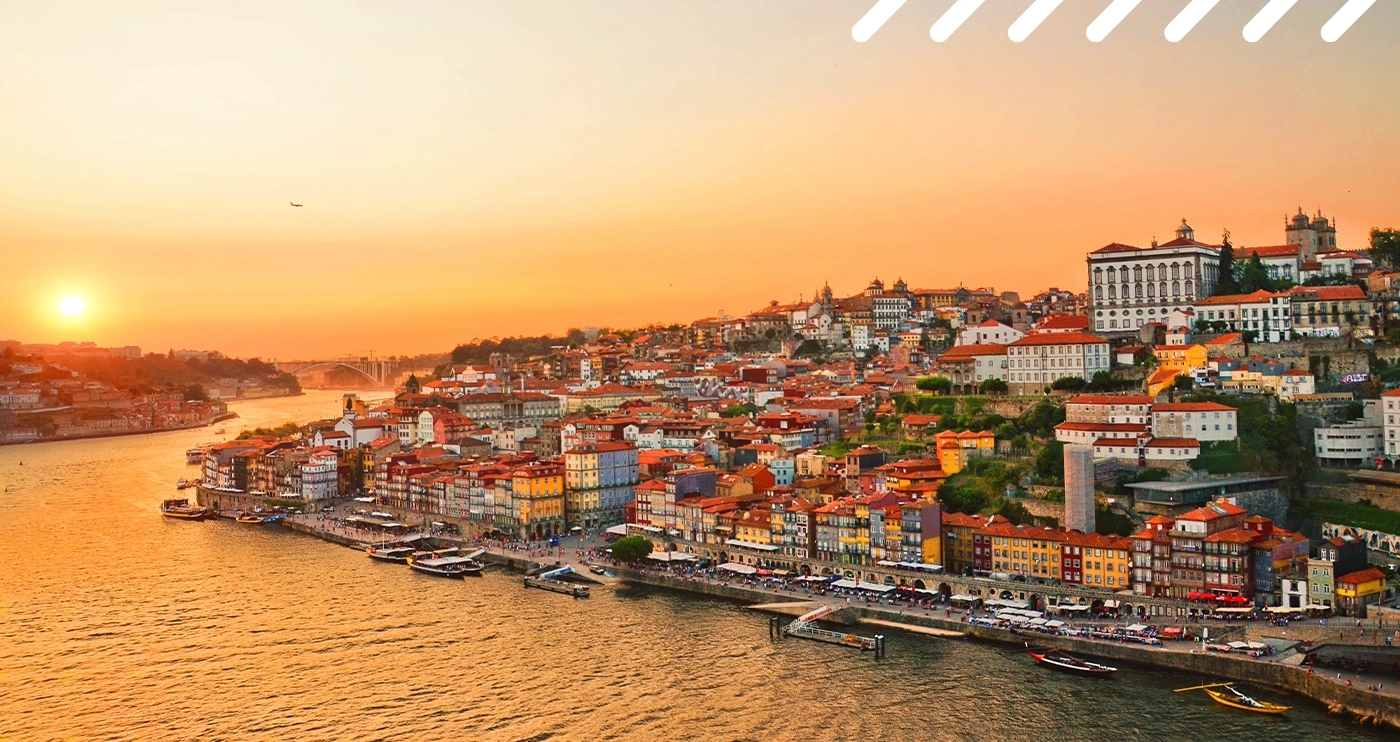
Portugal is not only a country of sunny beaches and impressive cliffs, but also a place to create bird's eye shots. But before you launch a drone over the ocean or in the Serra da Estrela mountains, it's a good idea to learn about local regulations. Portugal's regulations for BSP (unmanned aircraft) flights are consistent with EU EASA guidelines, but include their own specifics - especially if you plan to fly in cities, over monuments or in national parks. In this post you will find all the most important information that will allow you to enjoy flying legally, safely and without stress.
Flying a drone in Portugal - what you should know?

The use of of drones in Portugal is legal, subject to strict compliance. Both private individuals and commercial operators must comply with the rules set by the eU EASA regulations and local regulations of the Portuguese civil aviation authority, ANAC. Requirements include the obligation to drone operator registration, device markings, spatial and height restrictions, as well as basic theoretical training.
Is it legal to fly a drone in Portugal?
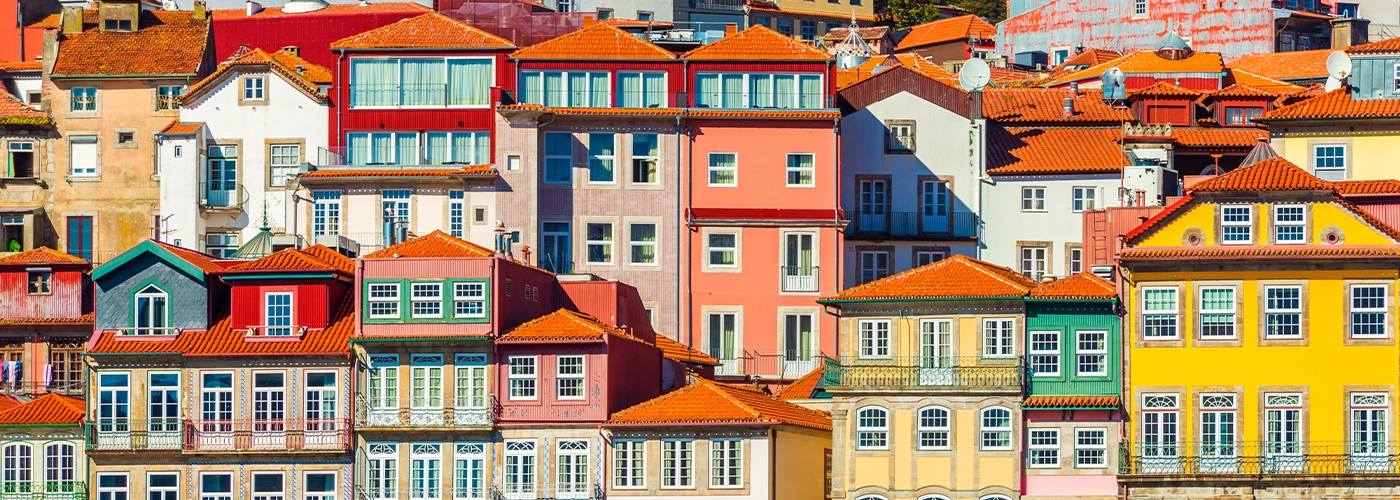
Yes, flying a drone in Portugal is allowed, as long as it is done in accordance with current laws. The regulations are based on the EU's classification system for unmanned aircraft operations and divide flights into three categories: open, specific and certified. Each imposes different requirements, depending on the level of risk and characteristics of the operation.
The open category is the most common form of drone use - it applies to recreational flights and simple commercial tasks. There are three subcategories:
- A1 - Flying close to people, but not flying over gatherings; lightweight drones up to 250g are allowed.
- A2 - Flying with a distance of at least 30 meters from bystanders or 5 meters in low-speed mode; the drone must weigh no more than 4 kg.
- A3 - Flying in isolated areas, away from people and buildings; permissible weight of drone up to 25 kg.
In each of these subcategories, there is an altitude limit of up to 120 meters and the need to maintain visual contact with the device (VLOS).
When you need to register as an operator?
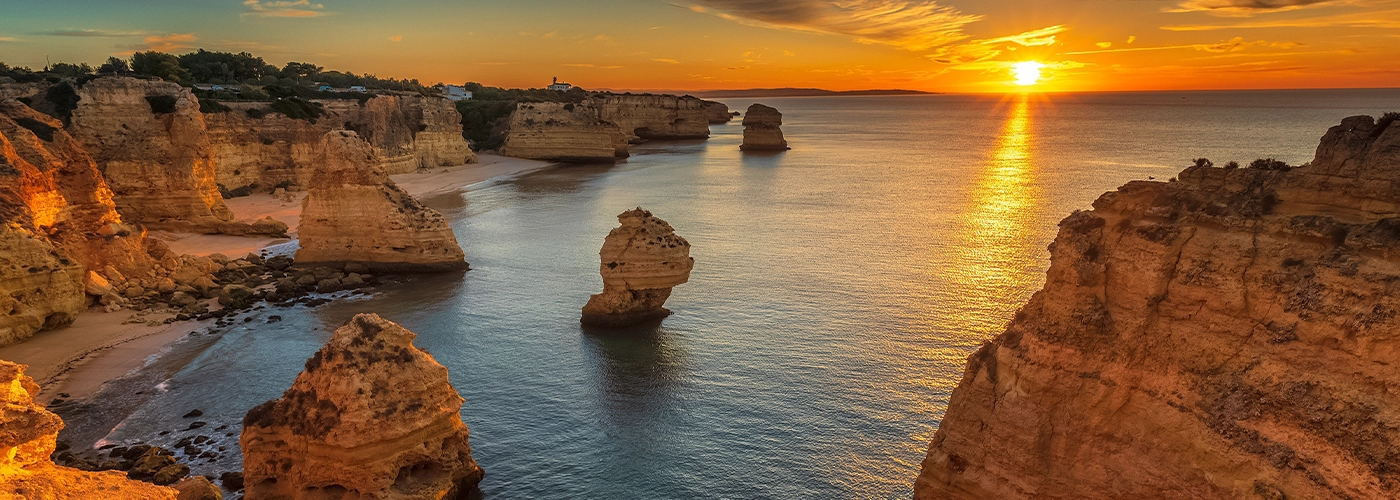
Registration of the BSP operator is mandatory if at least one of the following conditions is met:
- the drone weighs more than 250 g,
- the device is equipped with a camera or other data recording tool,
- equipment is used for professional purposes, regardless of its weight.
Registration is done in the country of residence or permanent residence - this means that if an operator has already registered in Poland (e.g., through the ULC system), it does not need to repeat this step in Portugal. The BSP operator number is valid throughout the European Union and should be permanently and legibly displayed on every drone in use.
What are the spatial and technical limitations?
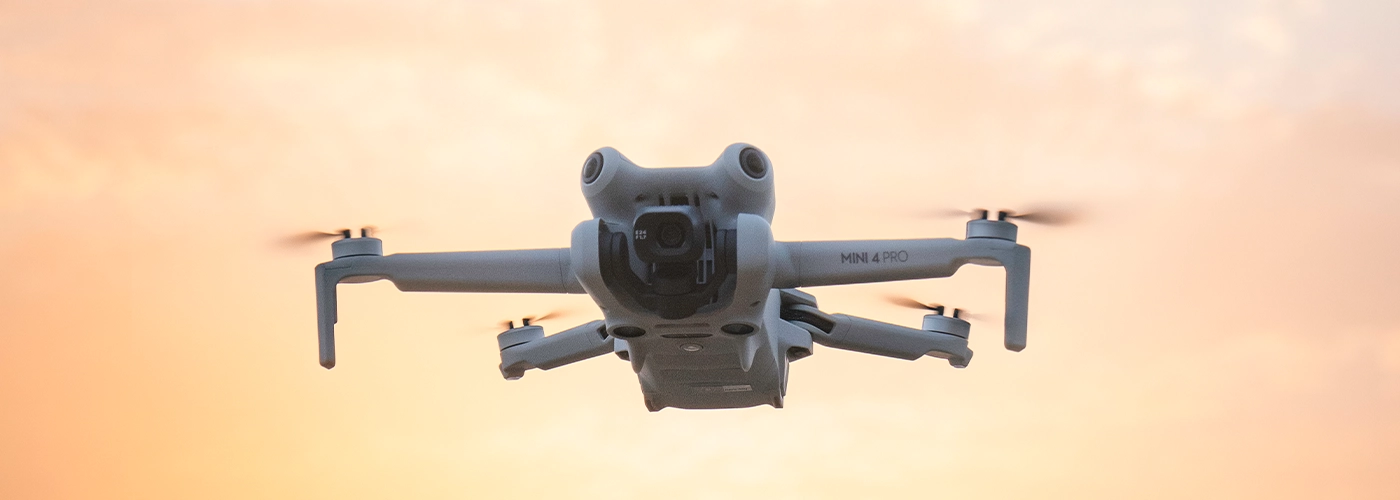
The following restrictions apply in Portugal:
- Flight altitude: up to 120 meters above ground level (AGL),
- Range: the operator must have the drone in line of sight (VLOS),
- Distance from people: in accordance with flight category A1-A3,
- Prohibited zones: 8 km around airports, prohibition of flights over ports, power plants, military facilities, refineries,
- Privacy: it is prohibited to film people without their express consent - violation of these provisions may result in civil or criminal liability.
Where to fly a drone in Portugal?
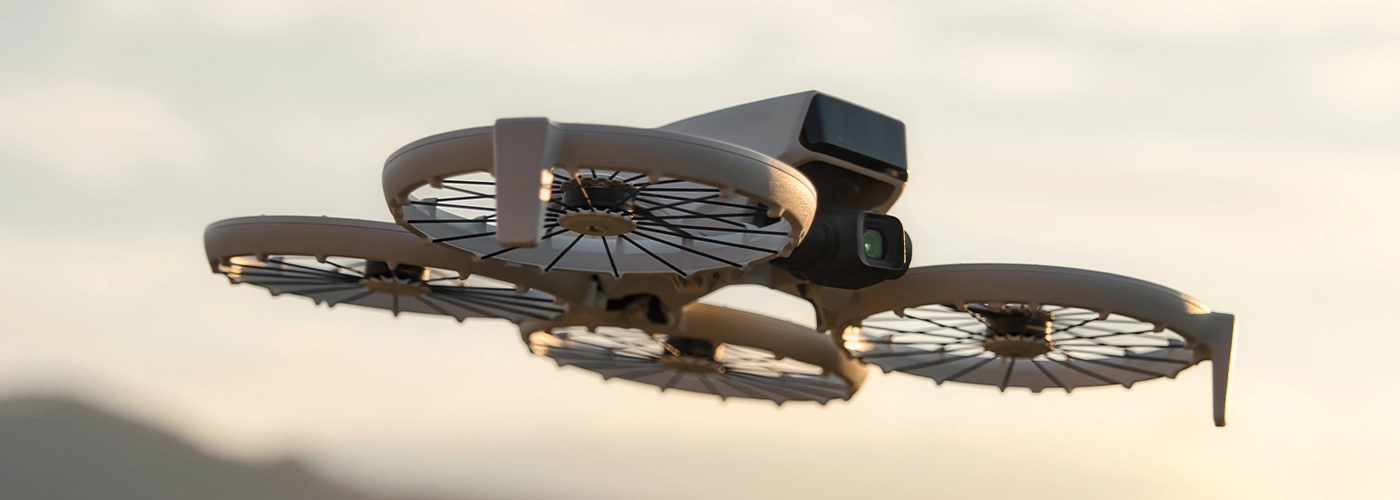
Legal drone flights are possible in many areas, but not everywhere. Acceptable m.in.:
- agricultural and rural areas,
- beaches outside the tourist season, if there are no people around,
- cliffs, hills and fields,
- forests and parks, as long as local authorities have not banned.
An absolute ban on flights applies:
- in the Peneda-Gerês National Park and other Natura 2000 areas,
- over UNESCO-listed monuments (e.g., Alcobaça Monastery, Clérigos Towers in Porto),
- in the centers of major cities - such as Lisbon and Porto - without individual permission,
- over public gatherings, concerts and mass events.
It is good practice to using the Portuguese Voa airspace map on Boa, which allows you to quickly check whether flying in a particular place is allowed.
Is it necessary to have insurance?
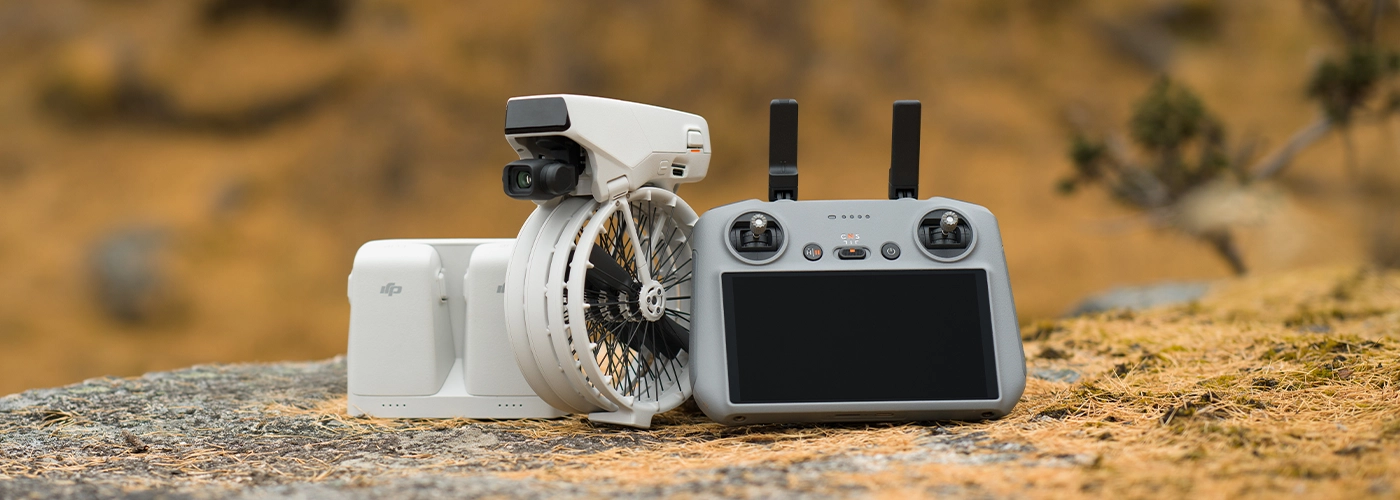
Drone liability insurance is not mandatory in the open category, however, they are strongly recommended - especially when flying over populated areas or using equipment weighing more than 500g. For commercial and special category operations, insurance is required and must comply with the EU BSP Operators Liability Regulation.
Important information in a nutshell
Tourists planning to flying a drone abroad, who want to use a drone in Portugal should keep in mind a few responsibilities:
- operator registration (if not done before),
- completion of online training in accordance with the open category,
- permanently marking the drone with the operator's number,
- having an electronic training certificate,
- verification that the drone meets the requirements of one of the C0-C4 classes.
In practice, the most commonly used among tourists drones DJI (e.g. DJI Avata 2, DJI Mini 4 Pro or DJI Air 3S) meet most of the requirements of Portuguese law, but it's worth individually checking the device's class and flight mode before each launch.
What's the penalty for violations?
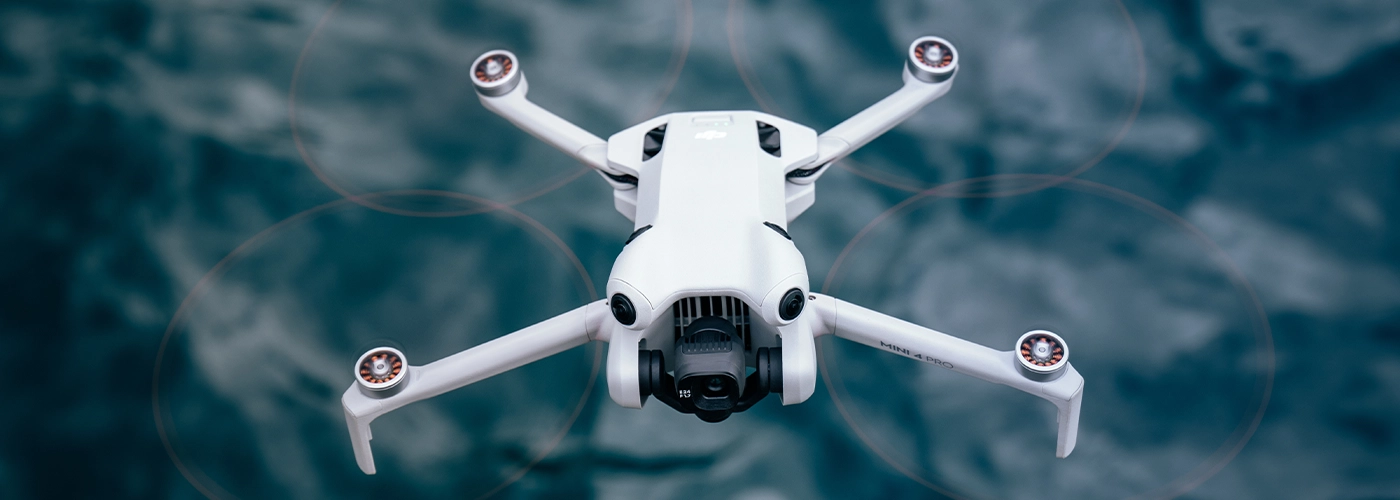
Non-compliance can result in serious administrative and financial consequences. The most common offenses are:
- no operator registration,
- flights in the forbidden zone,
- filming without third-party consent,
- flying at night without permission,
- exceeding the permissible height.
Fines can range from several hundred to tens of thousands of euros. In the case of more serious violations, such as the creation of danger to life or property, the case may go to court, and the operator is then also liable under criminal law.
Summary
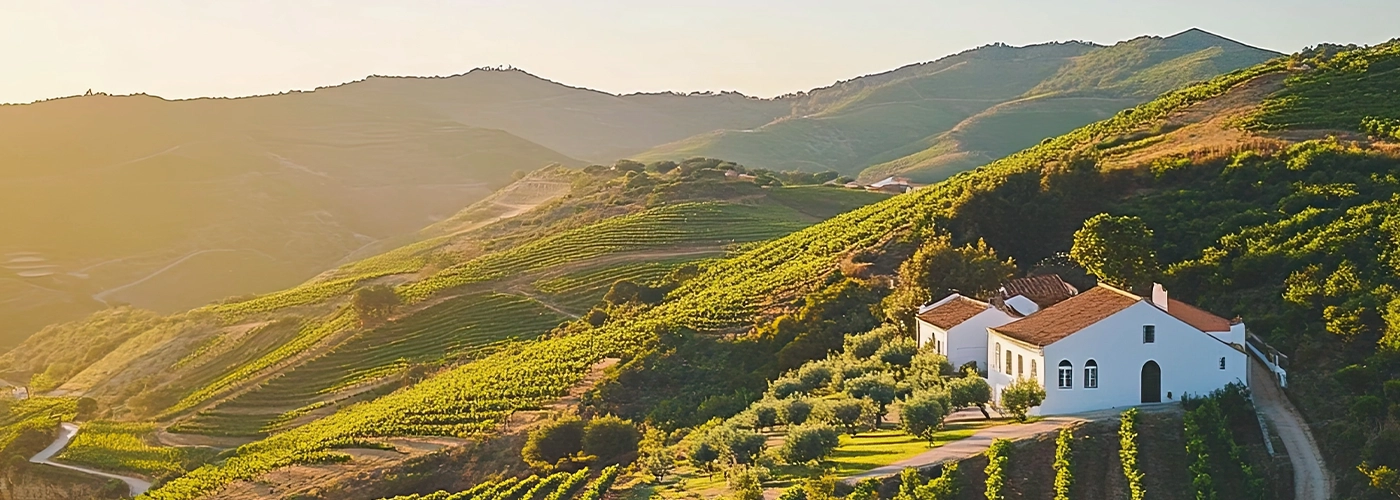
Portugal opens up to drone operators, but only those who know and respect current regulations. The key principles are m.in.: operator registration (if you haven't already done so), altitude restrictions (up to 120 meters), prohibition of flights over crowds and protected facilities, and respect for the privacy of third parties. By using the Voa map on Boa and tagging your drone with an ID number, you gain not only legal compliance, but also peace of mind. Whether you're a tourist, vlogger or professional cameraman, it's better to prepare before you take off than to explain yourself after the flight.
